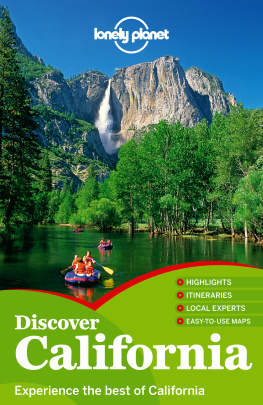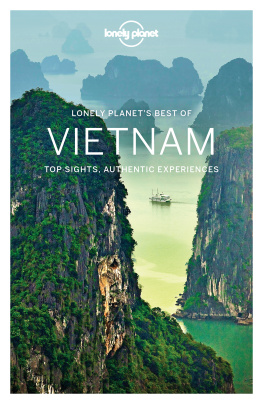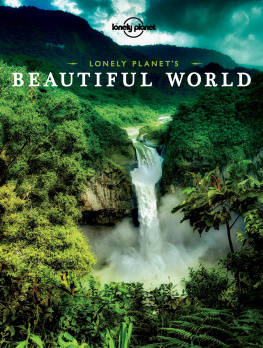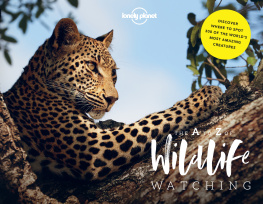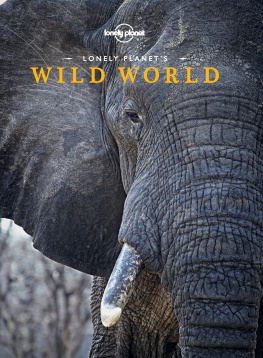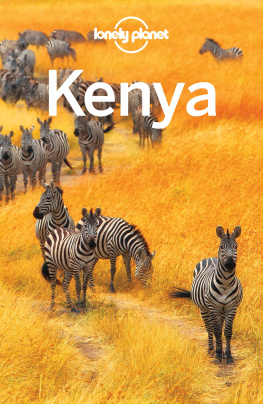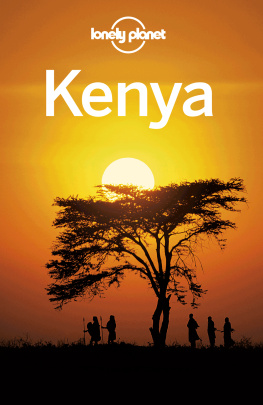

Introduction
A smooth black fin emerges from the ocean, then another, and two more. Your pulse quickens. Its a family of orcas, resident around the Bay of Islands in New Zealand, and theyre hunting rays on the sea floor, clearly visible in these transparent, shallow waters. The fact that this moment, an encounter with such graceful and powerful fellow inhabitants of our planet, was unexpected and unpredictable makes it all the more magical. Such is the joy of watching wildlife in its natural home.
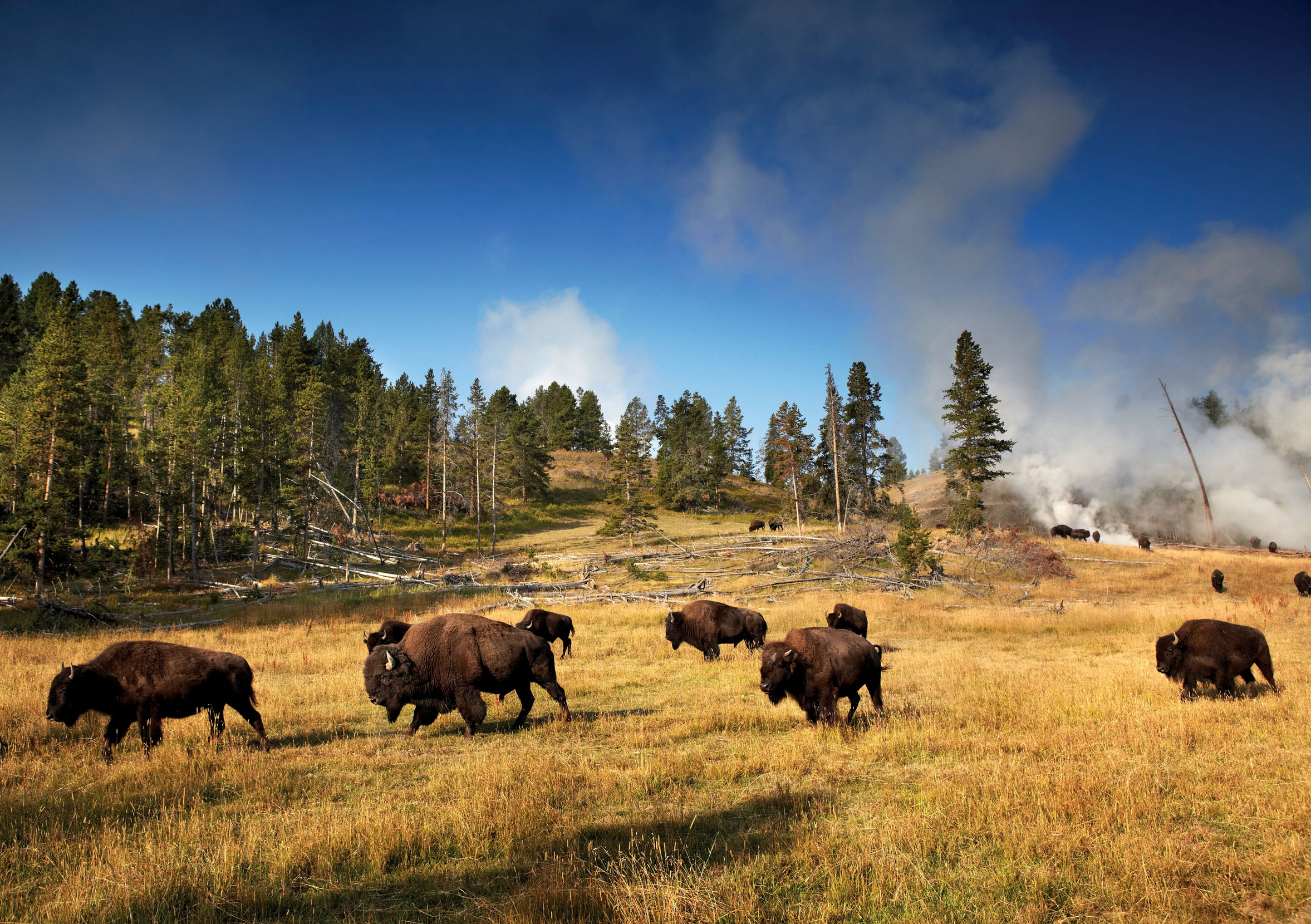
Matt Munro | Lonely Planet
For many people, one of the most rewarding experiences of travel is seeing creatures that you wouldnt encounter back home. Whether you set out to see them deliberately on a safari or spot them through sheer luck, the thrill of watching a wild animal go about its daily business always makes your senses tingle. But, we asked ourselves, how would you know what you had spotted? And if you wanted to see a particular animal, how would you know where to start looking? That was the genesis of this pictorial guide to 300 animals.
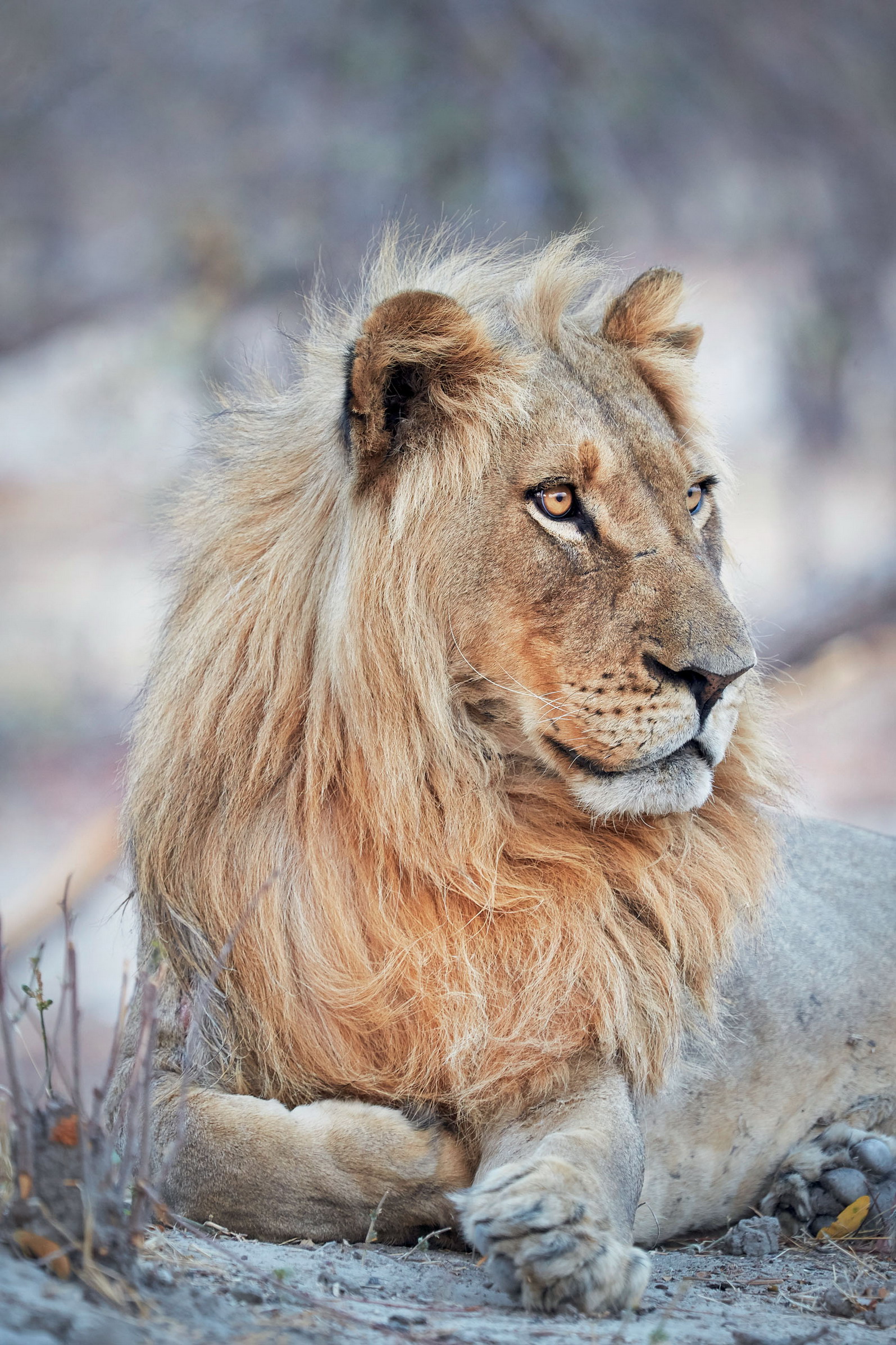
Jonathan Gregson | Lonely Planet
To compile this book we turned to the highly experienced biologist and writer Amy-Jane Beer, who created a wishlist of weird and wonderful creatures from around the world. Mark Carwardine, who travels the world photographing wildlife, contributed a foreword. We included all of the most iconic animals lions, tigers, elephants and sharks in the alphabetical order but we wanted to go further than those headline acts and showcase much more of the mind-blowing diversity of the natural world. The realisation that such extraordinary wonders have evolved on our planet these are just 300 out of more than eight million species is humbling and inevitably prompts questions about our role and place in the world: no matter your age, few things spark curiosity like another living thing.
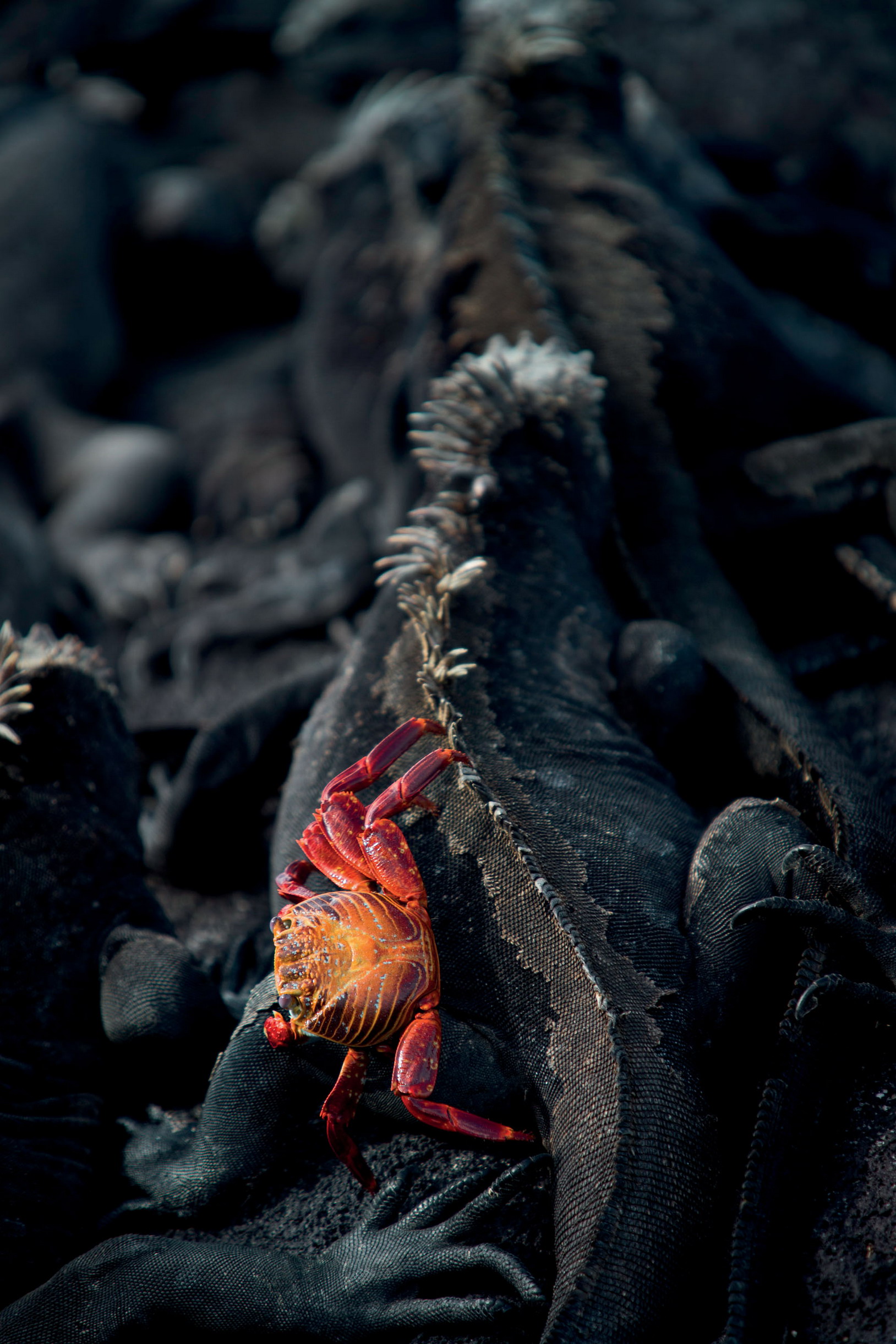
Philip Lee Harvey | Lonely Planet
Between these covers, youll find descriptions of where to see a multitude of mammals, from snow leopards and mountains goats at the very top of the world, to such resourceful residents of African deserts as antelopes and the fennec fox. In the air, weve got birds and bats, from the giant albatross to thumb-sized hog-nosed bats and also the occasional gliding lizard, fish or mammal. Under the waves, well show you giant clams, corals, whales and the wobbegong. And we could have created a whole book just about incredible insects to spot from beautiful butterflies to the formidable Hercules beetle. Each entry also suggests some of the places where you will have the best chance of seeing the animal. We hope that this book will inspire you to seek out some of the wildlife youve always wanted to see and add many more creatures to the list.
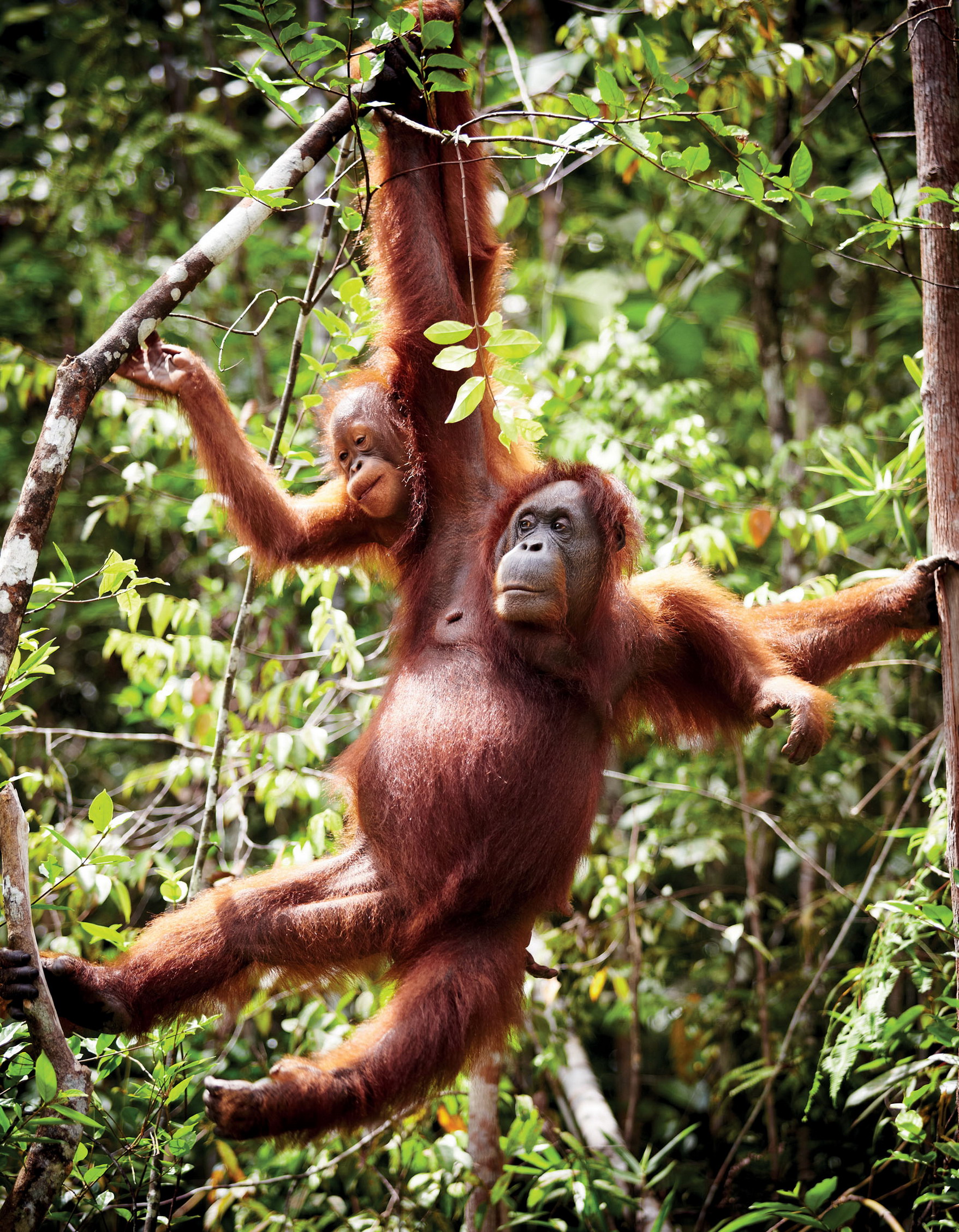
Matt Munro | Lonely Planet
Amy-Jane Beer
Amy studied Biology at Royal Holloway, University of London, and earned an unglamorous PhD studying the nervous systems of sea urchins. Urchins are fascinating, but with all of natures myriad splendours out there she found it hard to focus on just one species and set about becoming a generalist, a seeker of wild wonders, and a writer of science and natural history for all ages. She was editor of Wildlife of Britain and Animals Animals Animals magazines and currently edits Wildlife World magazine for the Peoples Trust for Endangered Species. She writes books, regular features for BBC Wildlife magazine and Country Diary columns for The Guardian, and is working on her first novel nature-inspired of course. She helps judge the BTO Bird Photographer of the Year competition. Her favourite wild species? Usually the one shes privileged enough to be looking at.
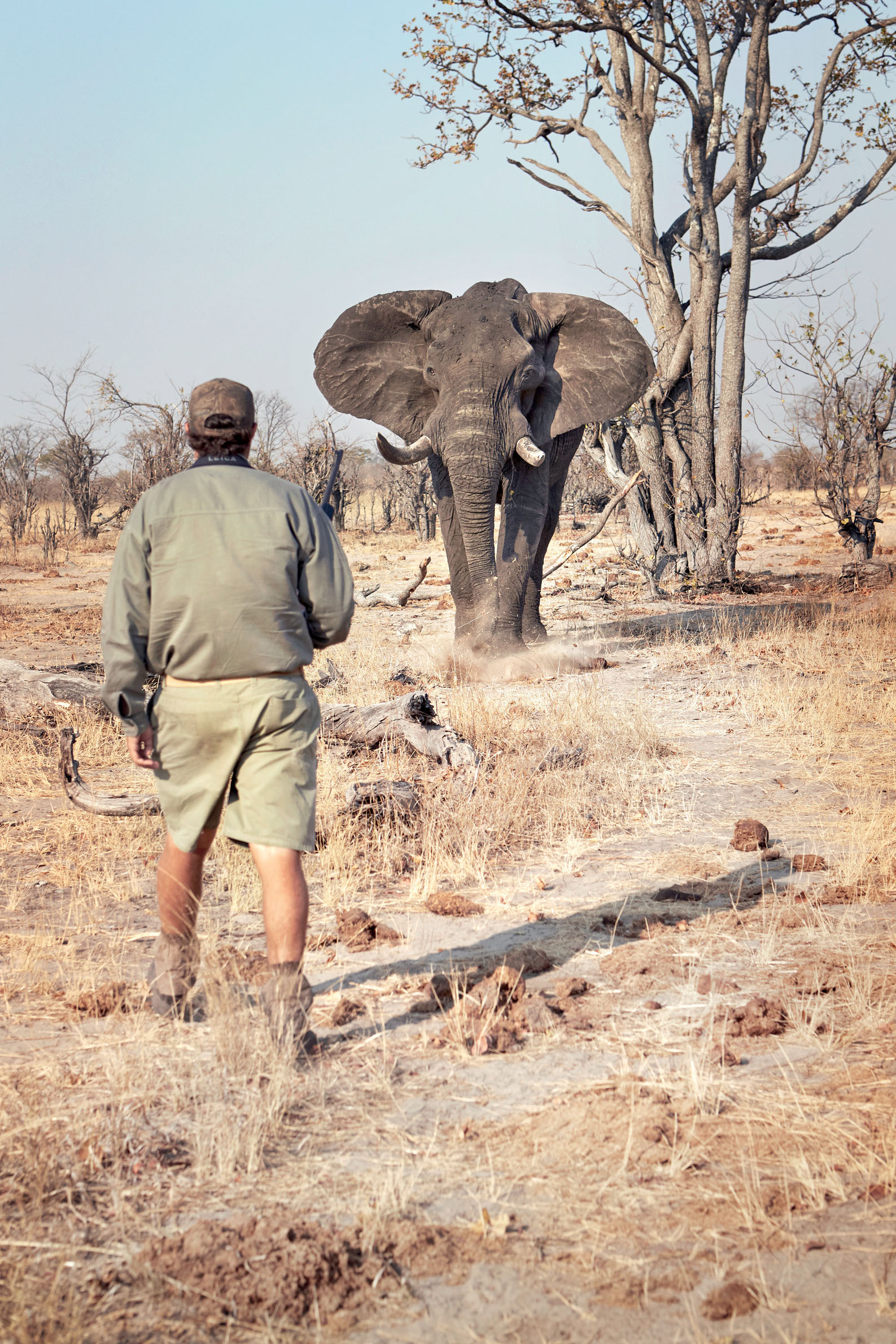
Jonathan Gregson | Lonely Planet
Mark Carwardine
Mark Carwardine is a zoologist, an outspoken conservationist, a TV and radio presenter, a widely published wildlife photographer, a best-selling author, a wildlife tour operator, a lecturer, and a magazine columnist. He presented the six-part BBC-TV series Last Chance to See, with actor Stephen Fry, in which the unlikely duo travelled the world in search of a motley collection of endangered species (following in the footsteps of a similar journey Mark made with author Douglas Adams 20 years earlier). For many years, Mark presented the weekly half-hour programme Nature on BBC Radio 4, and he has written more than 50 books on a variety of wildlife and conservation subjects.
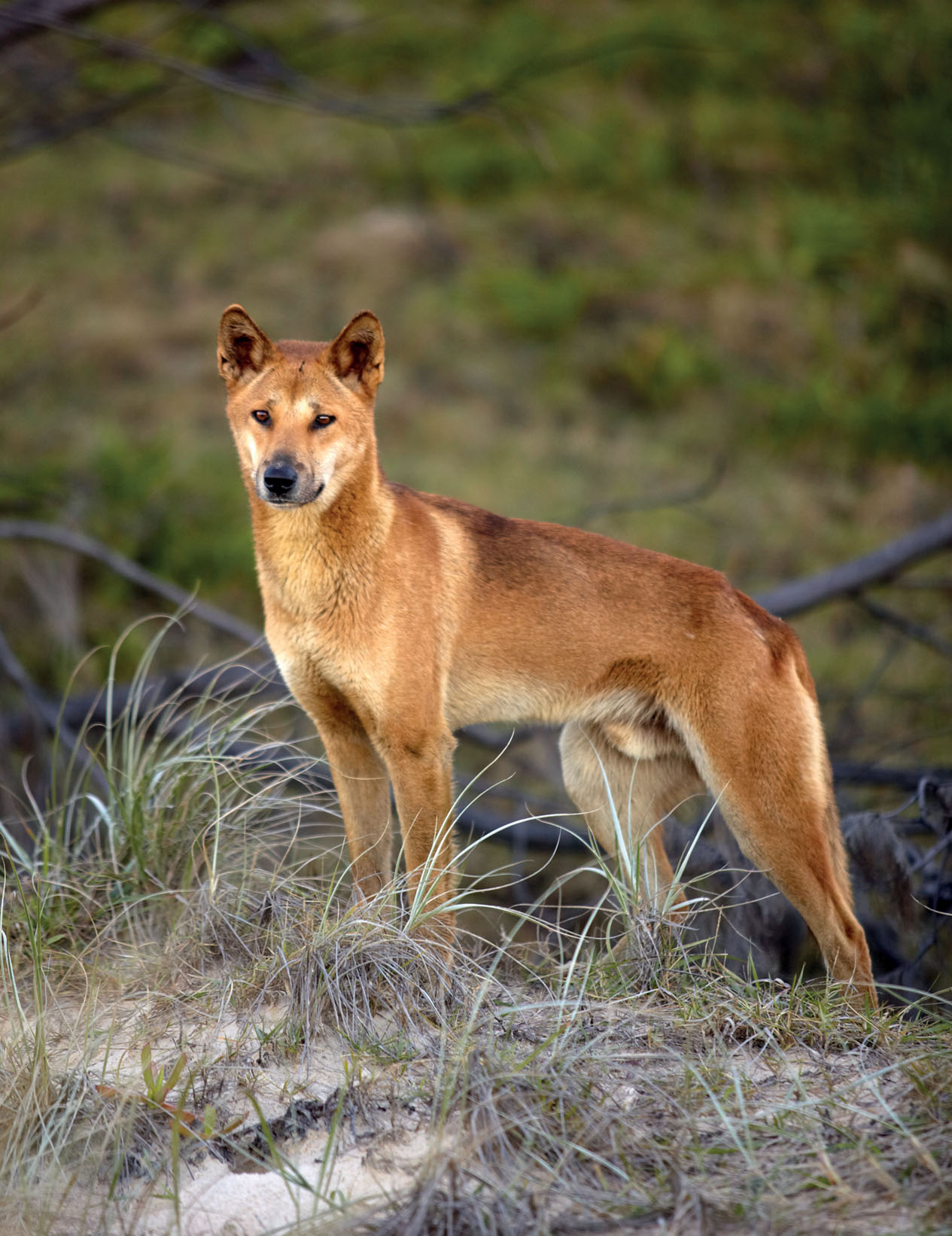
Matt Munro | Lonely Planet
Foreword
W hats the best wildlife encounter in the world? Well, it all depends My luckiest encounter was undoubtedly in Wolong, southwestern China, when a giant panda unexpectedly stepped out of the bamboo forest right in front of me. We stared at one another for a full two seconds two whole earth-shattering, hair-raising, life-changing seconds with a real-life wild giant panda before it ambled back into oblivion never to be seen again (not by me, and probably not by anyone else on the planet).
But how can you compare that with the adrenalin rush of a face-to-face underwater encounter with a hungry tiger shark in the Bahamas? Or the sheer delight in tickling a 30-tonne grey whale under the chin in Mexico (Ive done that more often than I can remember, but it still reduces me to a gibbering wreck every time)? How about breathlessly stalking a southern white rhino on foot, or the sheer spectacle of South Georgias avian Glastonbury, with 150,000 pairs of king penguins on a single beach?
Bigger isnt necessarily better. I remember once in Arizona putting on red lipstick (it was the first and only time I have ever worn make-up of any kind), puckering up my lips, and crossing my fingers in the hope that nobody would see me. Oh, and my mouth was full of sickly-sweet sugar-water. I was hummingbird-watching and, in a heartbeat, there were blurred shapes like bees on speed, whizzing backwards and forwards in front of my face. One particular hummingbird a Costas, with iridescent purple flares like a flashy moustache hovered right in front of my face with the immaculate precision of a helicopter pilot. Very carefully, it put its beak right inside my mouth, and drank. I could feel its wingbeats against my cheeks. Wildlife encounters dont come much closer, or more thrilling, than that.
The truth is that all wildlife encounters are the best. After more than 30 years spent criss-crossing the globe, and countless millions of air miles, I havent lost one scintilla of the original passion and wonderment that first plunged me into the world of wildlife. I know I am not alone when I say that I need to see wildlife just to survive normal daily life. It doesnt have to be exotic or far away. I never think oh, its just a robin, or its just a rabbit. The other day, I was watching a badger emerge from its urban sett right next to the platform at my local railway station. It popped its head out and peered at all the commuters a few metres away, before having a scratch and running off into someones garden. It made my whole day. Quite simply, wildlife of any kind is good for the soul.
Next page





